On the morning of the 28th of November 1979, two hundred and fifty-seven people left Mangere airport in Auckland, New Zealand, for an 11-hour leisurely sightseeing flight to Antarctica.
The continent of Antarctica is a vast, icy desert, and tourism is rare. Aerial tours of the continent were one way to bring people into contact with one of the last wild, inhospitable places on the planet.
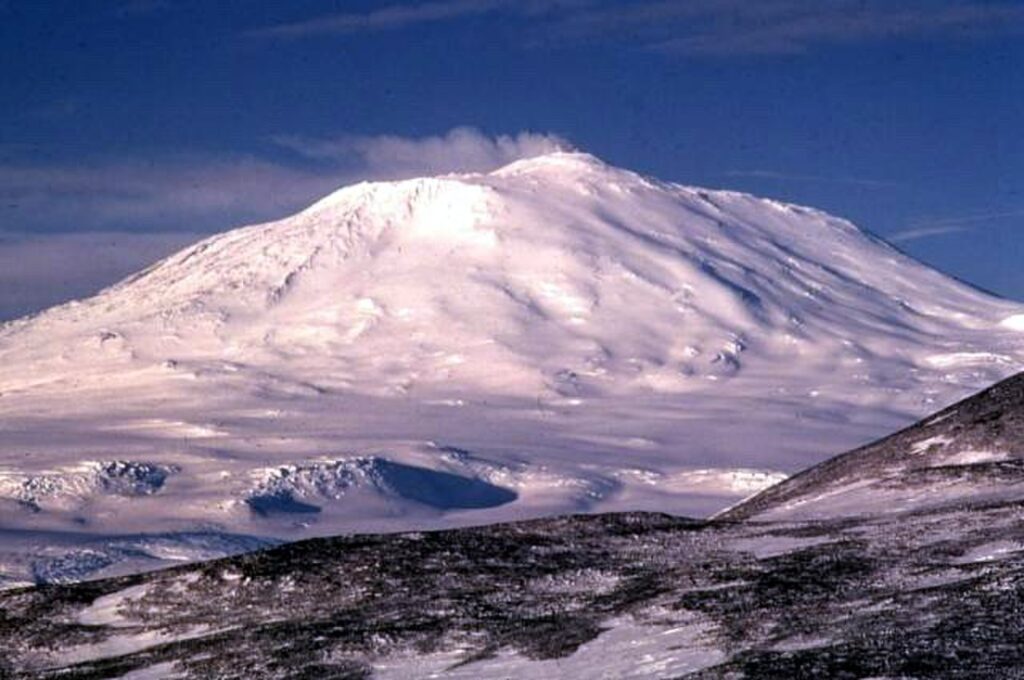

An experienced Antarctic guide was to point out scenic features and landmarks using the aircraft’s public-address system while passengers enjoyed meals, refreshments, and a low-flying sweep of McMurdo Sound with Mt. Erebus in the distance.
On Ross Island in the Antarctic region, Mt. Erebus is the southernmost active volcano on Earth. At 12,448 feet, the volcano was first discovered by Europeans on the 27th of January 1841 during an Antarctic expedition led by Sir James Clark.
He named the volcano after one of his ships. That ship had been named after Erebus, one of the primordial beings in the Greek creation myth.
Erebus was the personification of darkness, being the god of one of the underworld regions. And on that day in 1979, the mountain would live up to its name.
Sightseeing Tour
Just before 8:30 a.m., flight Air New Zealand TE901, a McDonnell-Douglas DC-10 took off from Mangere airport and headed to Antarctica.
Captain Jim Collins, an experienced pilot with 11,151 flight hours, including 2,872 hours in the DC-10, and First Officer Greg Cassin, who had accumulated 7,934 flight hours, including 1,361 in the DC-10, were at the helm. Neither had flown to Antarctica before.

The two pilots, Collins and Cassin, along with other flight crew, including another First Officer, Graham Lucas, had attended a route qualification briefing a few weeks before, which covered the IFR (instrument flight rules) route to the McMurdo area.
This briefing stipulated a minimum altitude of 16,000 feet. They were also advised of a visual meteorological conditions let-down procedure, which permitted them to descend to 6,000 feet over McMurdo Sound if visibility was good.
However, it was known that some flights had been allowed to descend as low as 2,000 feet if conditions were ideal.
Data used on a previous trip was also presented at this meeting and demonstrated that the route would take them down McMurdo Sound over flat sea ice.
Around noon New Zealand time, the flight was due to arrive over the Antarctic, and the crew had been in constant contact with both Mac Centre, the United States Navy’s air traffic control center at McMurdo Station, and the “Ice tower” at nearby Williams Field.
The weather conditions that day were overcast, with a cloud base of 2,000 feet. At 12:45, First Officer Greg Cassin advised Mac Centre that the aircraft was at 6,000 feet and descending to 2,000 feet, as per visual meteorological conditions allowed.
What the crew did not know was that in the early hours of the 28th of November, a navigational coordinate in the flight plan from the earlier briefing had been changed.
The navigation section changed the McMurdo waypoint coordinate stored in the ground computer system, thinking they made a minor adjustment to the flight’s destination point, but due to a typing error in the coordinates when the route was computerized fourteen months before, these new coordinates would take Flight TE901 directly over Mt. Erebus.
Nobody was aware of the typing error, and the flight crew adjusted the flight plan and entered those coordinates into the onboard computer.
It is believed that Captain Collins experienced a condition called “sector whiteout” during the flight. That is when the white of the ground and the white of the sky blend, causing spatial disorientation to pilots.
All the flight crew in the cockpit erroneously thought that they were looking at the Ross Ice Shelf. At 12:46 p.m., the flight engineer asked the Antarctic expert who was along to narrate the flight to the passengers where they were in respect to Mt. Erebus.
The expert responded, “Left. About twenty to twenty-five miles.” The whiteout conditions were such that even the Antarctic expert thought the plane was over McMurdo Sound.
However, based on the black box recordings, within the next minute or two, he would begin to have doubts about where they were located.
At 12:49, the plane’s ground proximity warning system began to sound on the flight deck, warning of the imminent collision with terrain.
Just four minutes and forty-two seconds after speaking with Mac Centre, Flight TE901 crashed into the lower slopes of Mt. Erebus, claiming the lives of everyone on board.
Search And Rescue
By 2:00 p.m. on the 28th of November, Flight TE901 from New Zealand had been radio silent for over an hour. Those monitoring the flight became concerned.
News of the situation was relayed to the Rescue Coordination Centre’s headquarters in Auckland and to the New Zealand police in Wellington. Next of kin received phone calls informing them that the flight was overdue.
TVNZ interrupted its normal broadcasting around 8:30 p.m. to report the flight missing.
Anxiety became the prevailing emotion as 10:00 p.m. grew near because if the DC-10 had not crashed already, it was now out of fuel, and everybody understood that meant the plane had to be down.
At 1:15 a.m. on the 29th, NZDT Air New Zealand Chief Executive informed the media that wreckage of the DC-10 had been found near Mt. Erebus. There were no signs of survivors.

The crash happened so quickly that the crew would not have had time to even respond to the situation. If there had been anybody who survived the initial impact, they would have succumbed to the frigid temperatures after dark.
A day later, three members of the New Zealand mountaineers were lowered onto the crash site by US Navy helicopters and confirmed that, indeed, all on board had perished.
DVI (Disaster Victim Identification) teams recovered 114 substantially intact bodies and 133 bags of human remains. Many of the DVI members suffered PTSD and trauma from what they witnessed recovering the remains of the passengers and crew.
The Investigation And Aftermath
An accident report compiled by New Zealand’s chief inspector of air accidents was released on the 12th of June 1980. Known as the Chippendale report, it cited pilot error as the principal cause of the accident.
It attributed blame to the decision of Collins to descend below the minimum altitude level of 6,000 feet and maintaining that altitude when the crew was unsure of the plane’s position.
At the time, the government of New Zealand sided with the first investigation, stating pilot error as the primary cause of the crash.
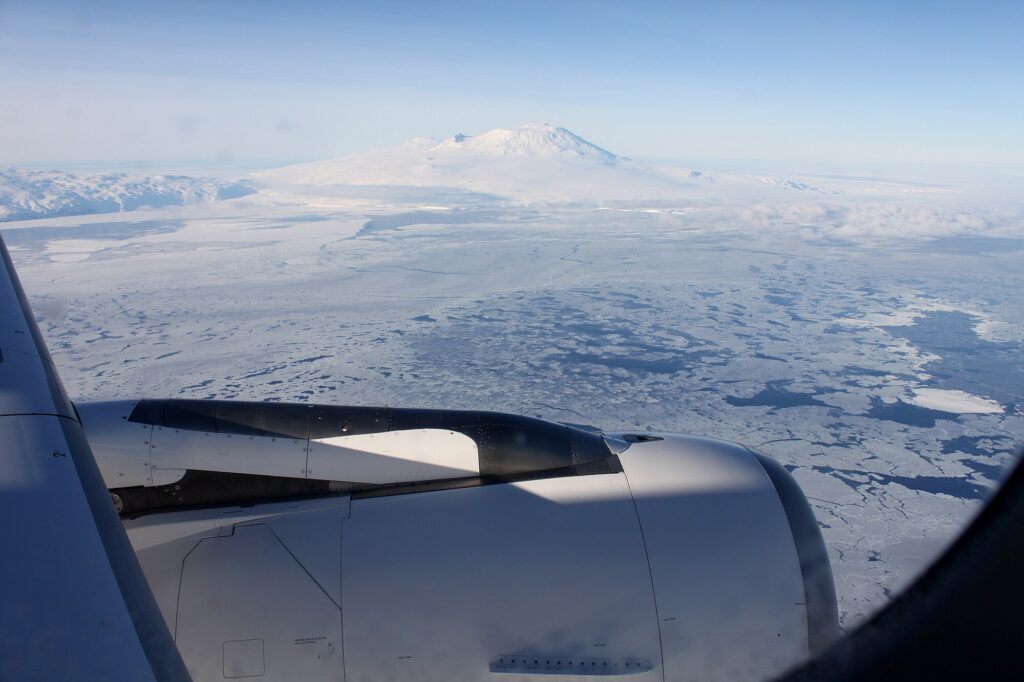
The government of New Zealand didn’t seem to consider that 6,000 feet isn’t enough to clear Mt. Erebus, either. The plane would have hit the mountain regardless unless they had stayed above 16,000 feet.
A combination of factors led the captain to believe the aircraft was over the sea, and previous Flight 901 pilots had regularly flown low over the area to give passengers a better view.
Photographs in Air New Zealand’s own travel magazine and first-hand accounts of personnel based on the ground at New Zealand’s Scott Base showed proof of previous low-altitude routes.
The plane’s altitude would not have mattered if they had been given the correct flight path over McMurdo Sound.
The Mahon report, released in April of 1981, the following year, found that Air New Zealand was primarily to blame for the tragedy.
Mahon heard from 52 witnesses, accumulated over 3000 pages of evidence and 284 documentary exhibits. Mahon claimed that Air New Zealand had intentionally misled the inquiry through an “orchestrated litany of lies”.
Air New Zealand successfully challenged Mahon’s findings in the Court of Appeal, which ruled he had breached natural justice by not allowing those accused to respond to the allegations and had acted outside his jurisdiction.
Mahon then resigned from the High Court but was later awarded the Jim Collins Memorial Award by the New Zealand Airline Pilots Association for exceptional contributions to air safety.
Following the incident, all charter flights to Antarctica from New Zealand ceased and were not resumed until 2013, when a Boeing 747 made the trip from Auckland to Antarctica.
On the 40th anniversary of the crash in November of 2019, Prime Minister Jacinda Ardern said at a private ceremony that “the time has come to apologize for the actions of an airline then in full state ownership, which ultimately caused the loss of the aircraft and the loss of those you loved.”
Air New Zealand Board Chair Dame Therese Walsh also apologized at the ceremony, and the future site for a national memorial was announced.
Today, an aluminum cross stands on Mt. Erebus above Scott Base to commemorate the accident, which remains the deadliest accident in the history of Air New Zealand, and the deadliest aviation accident in Antarctica.
Sources
https://mch.govt.nz/erebus-memorial/timeline




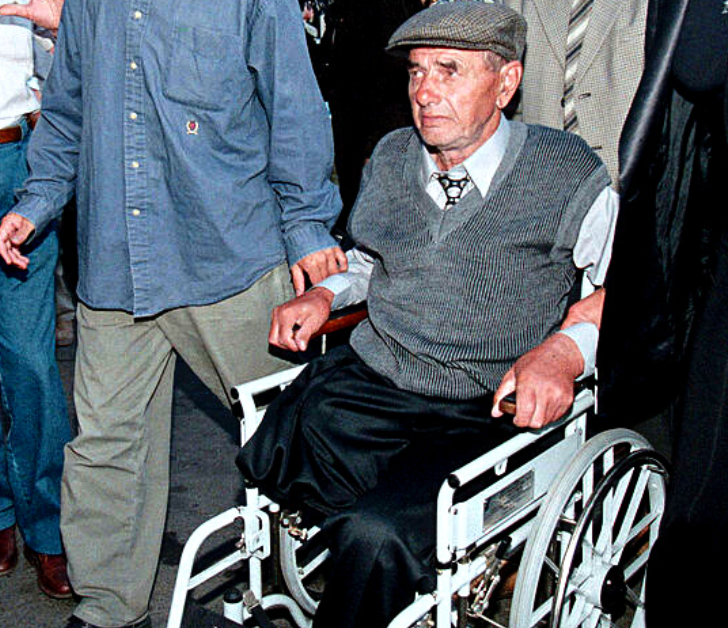





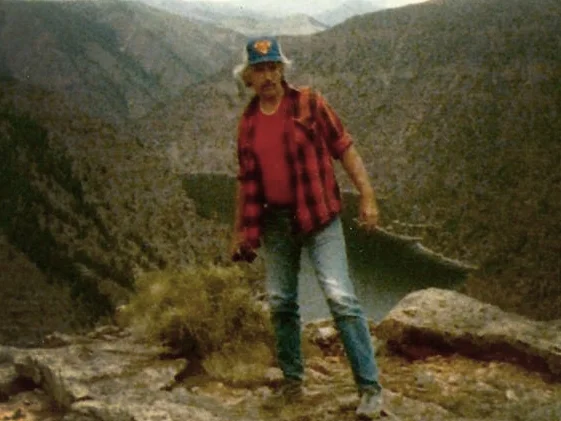
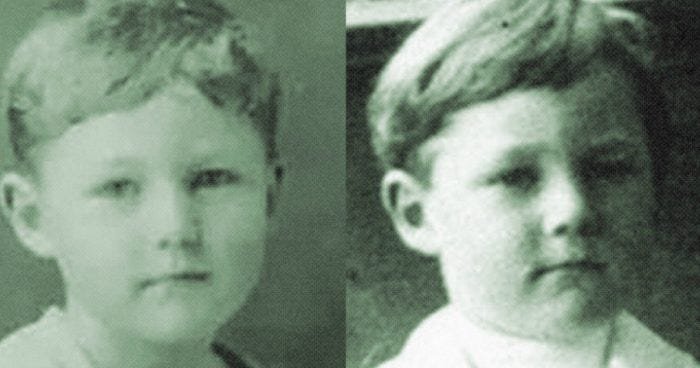

Leave a comment